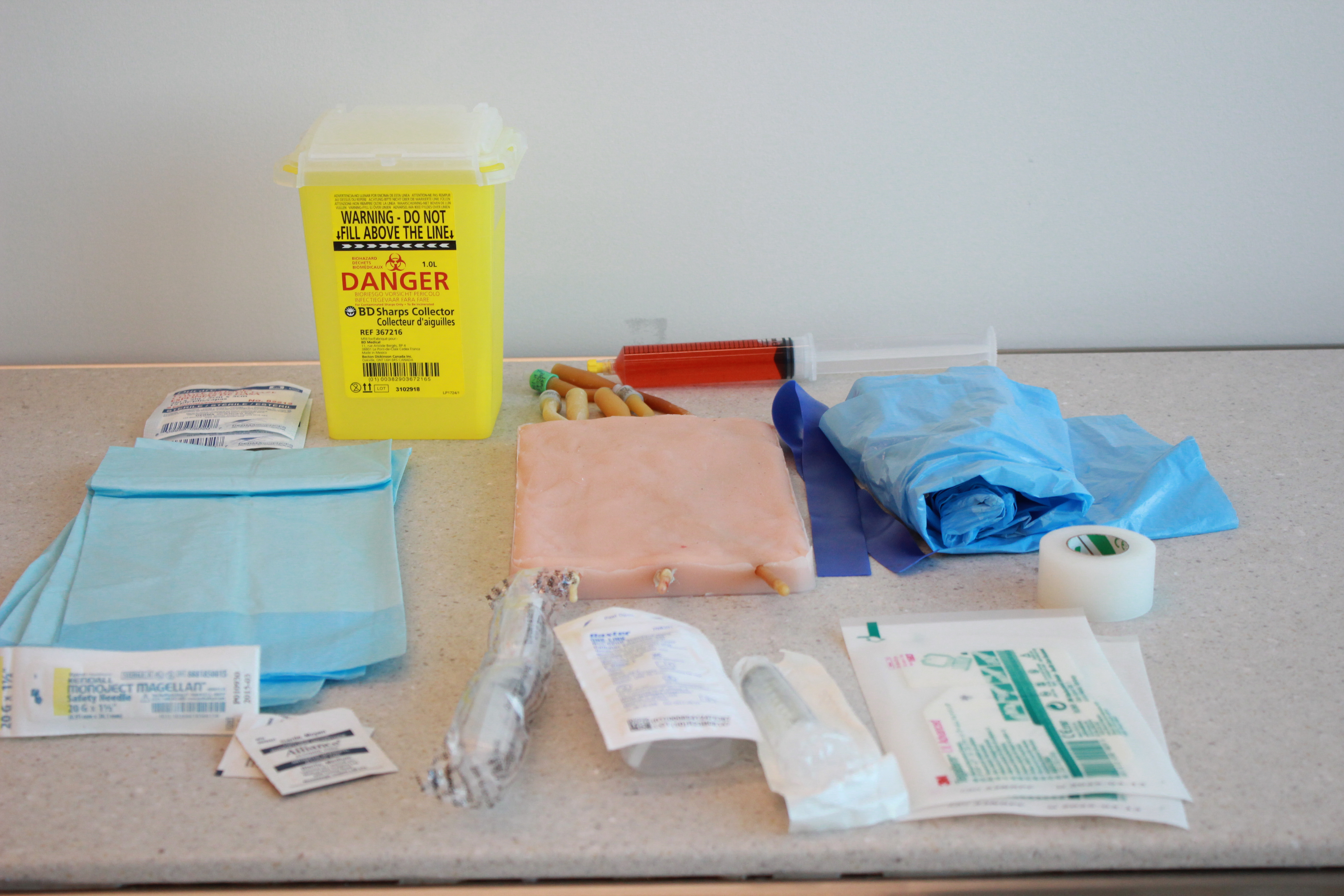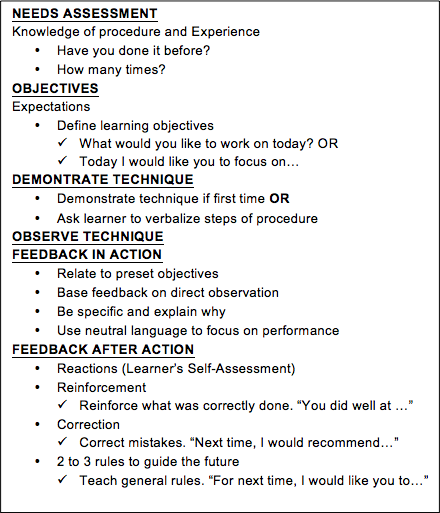IV and USGIV Insertion Introduction Module
Introduction
Welcome to the intravenous (IV) and ultrasound guided IV (USGIV) insertion module! Here you will learn how to create your own completely customizable IV insertion task trainer, including ones with variable complexity and depths, ones that can be ultrasounded using a point-of-care ultrasound machine, and ones that can be attached to a manikin or standardized patient. In the section there will be:
- A clear list of materials needed to build the task trainer
- Step-by-step instructions for creation of the task trainer
- Pictures demonstrating key steps for creation and use of the task trainer
- A video with audio descriptions of performing the creation, and;
- A cost breakdown for the task trainer, including material sourcing considerations
Once you have created your task trainer:
- The ‘Skills Station Set-up Guide’ will identify what supplies you should lay out and how you should set-up your task trainer to promote learner success.
- The ‘Teaching / Feedback’ section will provide key frameworks for how to teach this skill and provide constructive feedback to participants based on their level of competency.
- The ‘Evaluation and Resources’ section will list peer-reviewed and evidence-based checklists that you can use to evaluate on the skill of IV insertion.
Disclaimer: this page will reference certain products for skills station set-up. This is not an endorsement or sponsorship of either of these products. Individuals are invited to use alternative like-products for their prototypes. Individuals who use like-products as substitutes should follow the package instructions.
Skill Station Set-up Guide
| IV Set-up Supplies | |
|---|---|
|  |
Teaching / Feedback
Rapid Cycle Deliberate Practice
Use of a perform-pause-feedback loop that results in learners practicing steps repeatedly until mastery or competence is achieved.
Important, use deliberate practice when:
- The skill is more about the individual ‘how’ than the ‘why’. AKA it is not good for team processes or complex patient presentations
- When critical steps are important and cannot be skipped or done incorrectly
- The content expert is able to provide meaningful feedback to correct actions and promote learning without leading to burnout between loops
- When muscle memory is important and kinetic feel can help with competency
To perform rapid deliberate practice with your learners, follow these steps:
- Demonstrate the skill or instruct on the skill to ensure understanding from the learner. Set the learner up for success.
- Have the learner perform the skill as a novice.
- Immediately following the simulated practice, provide short feedback, focusing on one or two areas of improvement. Be specific, provide reasoning for the change, and demonstrate as necessary.
- Immediately following the feedback, have the learner perform the skill.
- Immediately following the repeated skill performance, provide feedback. If the learner improved on the previous critiques, note this. If the learner is ready to move forward, provide additional areas for improvement that are specific, and manageable to attain in one attempt.
- Repeat this loop until the learner achieves either competency or mastery in the skill.
(Education Theory Made Practical, 2018; Ericsson, 1997; Hunt et al., 2014)
Pendleton (1984) Method for Feedback
- Ask the learner what went well
- Tell the learner what went well
- Ask the learner what could be improved
- Tell the learner what could be improved
N.O.D.O.F.F tool for Technical Skills Retention (Ibrahim, 2017)
- Needs Assessment
- Objectives
- Demonstrate
- Observe
- Feedback in Action
- Feedback after Action

Evaluation – Best Practice Resources
Registered Nurses Association of Ontario. (2021, June). Vascular Access. (2nd Ed.). RNAO. https://rnao.ca/bpg/guidelines/Vascular_Access.
Schuster, C., Stahl, B., Murray, C., Keleekai, N. L., & Glover, K. (2016). Development and testing of a short peripheral intravenous catheter insertion skills checklist. Journal of the Association for Vascular Access, 21(4), 196-204. https://www.sciencedirect.com/science/article/pii/S1552885516301374.
References
Education Theory Made Practical Volume 2. 2018. Academic Life in Emergency Medicine.
Ericsson KA. 1993. The role of deliberate practice in the acquisition of expert performance psychological review. Psychological Review 100(3):363-406. DOI:10.1037//0033-295X.100.3.363.
Hunt et al. 2014. Pediatric resident resuscitation skills improve after RCDP training. Resuscitation Jul;85(7):945-51. doi: 10.1016/j.resuscitation.2014.02.025.